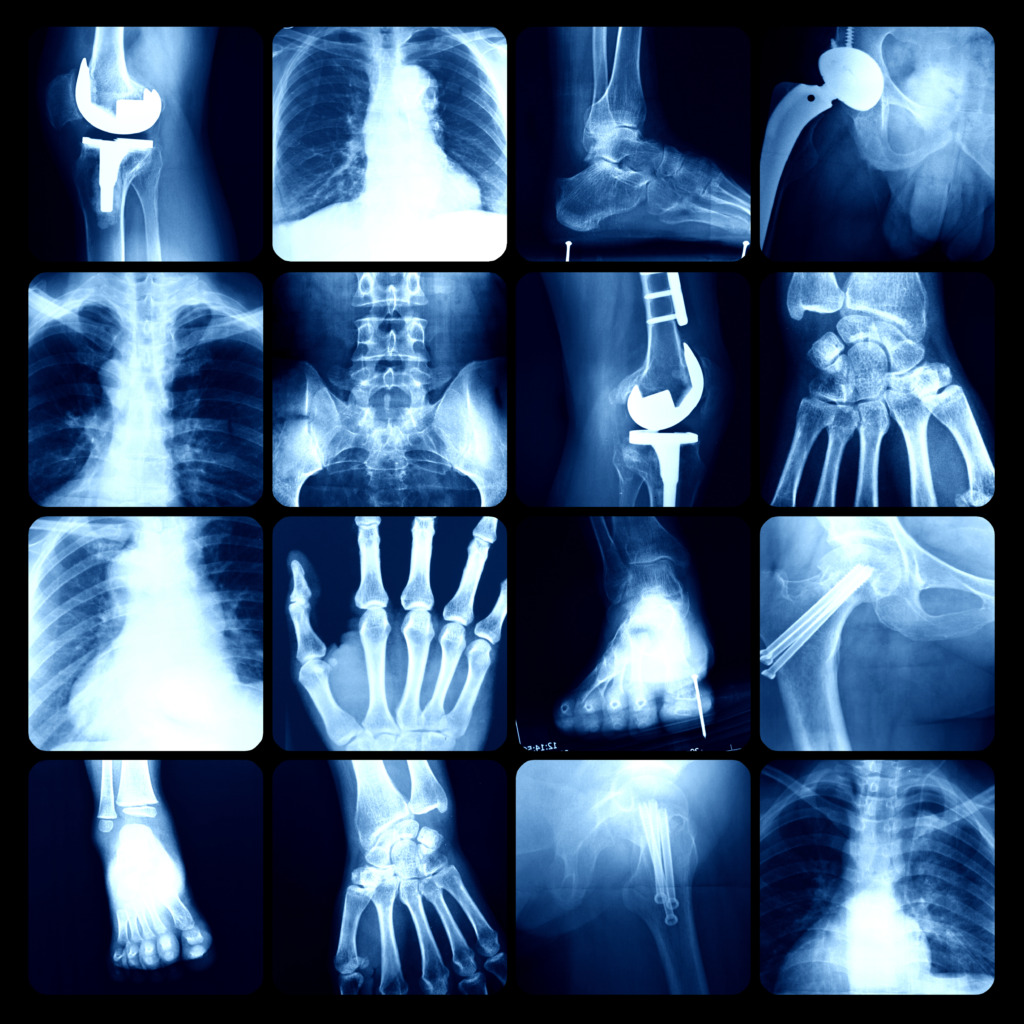In the dynamic realm of sports, injuries are an unfortunate but inevitable part of the game. But thanks to the advancements in Radiologic Imaging in Sports Medicine, diagnosing and monitoring these injuries have become more precise than ever.
This article will guide you through the intricacies of radiologic imaging and shed light on its significance in sports medicine.
Radiologic Imaging in Sports Medicine: Diagnosing and monitoring sports-related injuries.
It’s a mouthful. But understanding this phrase is crucial for any sports enthusiast, athlete, or medical professional. Radiologic Imaging in Sports Medicine involves using advanced imaging techniques to detect, diagnose, and monitor injuries that athletes sustain during their training or matches.
Why is Radiologic Imaging Crucial in Sports Medicine?
- Early Detection: Imaging allows for immediate detection of injuries, which can be a game-changer in sports. Early detection can mean quicker treatments and shorter recovery times.
- Accurate Diagnosis: Pinpointing an injury’s exact nature and location is pivotal. It can determine the difference between a minor sprain and a career-ending injury.
- Monitoring Recovery: By comparing images over time, professionals can track the healing process, adjusting treatments as necessary.
Types of Radiologic Imaging Techniques and Their Application in Sports
X-rays
The old reliable of the imaging world. X-rays provide a clear image of bones, making them ideal for diagnosing fractures and dislocations.
Magnetic Resonance Imaging (MRI)
MRI offers a detailed view of soft tissues, like muscles, tendons, and ligaments. It’s the go-to for detecting tears and strains.
Ultrasound
Not just for expecting mothers! Ultrasound provides real-time imaging, making it ideal for examining the movement of muscles and joints.
Computed Tomography (CT) Scans
These scans provide a more comprehensive view of the injury site, often used for complex fractures or to examine internal organs.
Positron Emission Tomography (PET) Scans
Less common in sports medicine, but PET scans can identify areas of the body with decreased or increased metabolic activity, potentially flagging problem areas.

Pros and Cons of Radiologic Imaging
Radiologic imaging, an indispensable medical tool, has revolutionized how physicians diagnose and treat illnesses. However, as with any technology, it brings advantages and disadvantages.
Pros:
- Precision: Radiologic imaging offers high-resolution images that can highlight even minute details, ensuring accurate diagnoses.
- Non-invasive: Most imaging techniques minimize discomfort and risks associated with surgical procedures.
- Diverse Applications: From skeletal fractures to soft tissue anomalies, radiologic imaging has many applications, making it versatile in the medical field.
Cons:
- Exposure to Radiation: Techniques like X-rays expose patients to radiation, which might pose risks with repeated exposure.
- Cost: Advanced imaging methods can be expensive, making them inaccessible for some.
- Misinterpretation: While the technology is advanced, human error in interpreting the images can lead to misdiagnoses, emphasizing the need for skilled radiologists.
How Radiologic Imaging Shapes the Future of Sports
Radiologic imaging is a cornerstone in sports medicine, and its synergy with emerging technologies heralds a transformative era. Augmented reality (AR) and virtual reality (VR) elevate the visualization aspect of imaging, enabling practitioners to study injuries in immersive 3D environments.
This depth of view can result in more accurate diagnoses and targeted treatments. Additionally, Artificial Intelligence (AI) amplifies the analysis process. It can predict injury susceptibilities by identifying patterns overlooked by the human eye. Athletes can expect faster recovery times, personalized rehabilitation, and injury prevention strategies with these innovations.
As technology and radiologic imaging converge, sports medicine is poised to experience unprecedented advancements, ensuring athletes’ health and optimal performance are prioritized.
Frequently Asked Questions
What is the primary purpose of Radiologic Imaging in Sports Medicine?
The main goal is to accurately diagnose and monitor sports-related injuries, ensuring the athlete’s safety and quick recovery.
How often should an athlete undergo radiologic imaging?
It depends on the injury and the sport. Some injuries require constant monitoring, while others might need occasional checks.
Is radiologic imaging safe?
While most imaging techniques are safe, repeated exposure, especially to X-rays, should be minimized. Always consult with a medical professional.
Which imaging technique offers the most detail?
MRI is often considered the most detailed, especially for soft tissue injuries.
Can athletes train while undergoing radiologic imaging?
In most cases, yes, but following the medical professional’s advice is essential to avoid aggravating the injury.
How has AI impacted Radiologic Imaging in Sports Medicine?
AI has introduced enhanced accuracy, with predictive analysis helping in better diagnosis and personalized treatment plans.
Conclusion
The integration of Radiologic Imaging in Sports Medicine has undeniably transformed sports health. It ensures that athletes receive the most accurate diagnosis, timely treatment, and the best care possible.
As technology advances, one can only imagine how much more streamlined and efficient this process will become, ensuring our favorite athletes stay in their best form.
